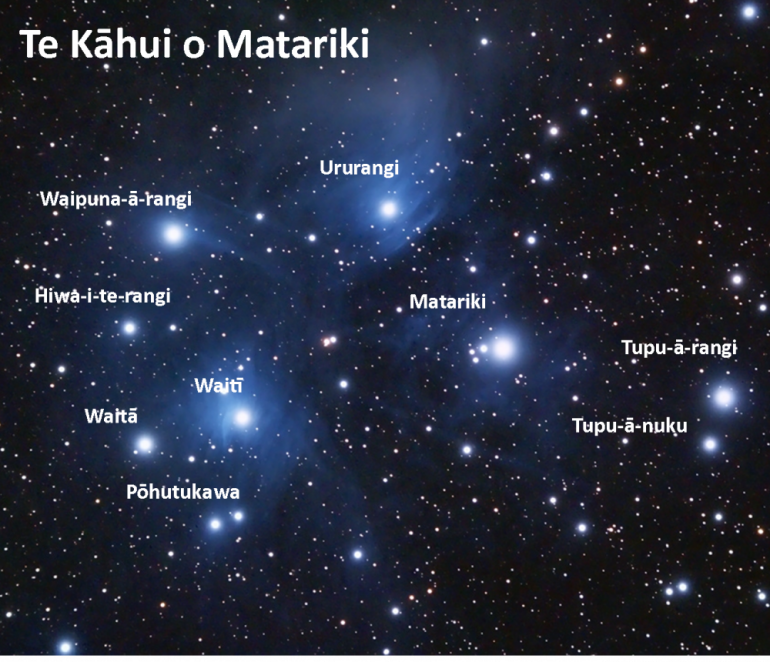News And Events

Astronomy
11 May 2024In June, we'll be celebrating Matariki Māori New Year, so this is a great time of year to explore astronomy and in particular, stars. Children are born scientists – they are innately curious about the physical environment and naturally open to making meaning through exploration.
What is astronomy?
Astronomy is the study of everything in the universe beyond Earth's atmosphere. That includes objects we can see with our naked eyes, like the Sun, the Moon, the planets, and the stars. It also includes objects we can only see with telescopes or other instruments, like faraway galaxies and tiny particles. The te reo Māori term for stars and planets is te whānau o mārama - the family of light.
Here’s a great link to a short YouTube video specifically for young children that briefly explains what astronomy is: https://www.youtube.com/watch?v=H-5bOIgBIXs
Astronomy is important to many cultures across the world, The importance of stars in ancient societies were interwoven with the fabric of human existence. From guiding ancient mariners across treacherous oceans to influencing agricultural practices and shaping religious and mythological beliefs, stars held a central place in ancient cultures.
Matariki is the star cluster most commonly known across the world as Pleiades. This cluster is part of a larger constellation of stars called Taurus. It is one of the earliest recorded groups of stars in human history, with a record that dates back some 17,000 years.
The peoples of Polynesia are undeniably connected, as revealed through similarities in their language, art, customs, and stories. These connections are also reflected in the way that Pleiades is observed among the various peoples of the Pacific.
In Hawai’i, the rising of Makaliʻi (Matariki) in the east falling in sync with the setting of the sun in the west marks the beginning of the Makahiki season and the Hawaiian new year. In Tonga it is known as “Matali’i”, while in Tahiti it is known as “Matari’i.”
In Samoa, Mataalii (“eyes of the chiefs”) has a different origin story. The seven stars are the eyes of the seven chiefs who went to heaven after death, with only one eye of each being visible today.
The common name of Matariki is shared throughout much of Te Moana nui a Kiwa (the Pacific), including in Rapa Nui (Easter Island), Pitcairn Island, Kiribati, Rarotonga, and the Solomon Islands.
Around the world there are many names for this group of stars. In Japan, it is called Subaru, which means ‘to come together’. In China it is Mao, the hairy head of the white tiger, and in India it is known as Krittika. In Greek mythology they are known as the seven sisters, and in Norse mythology the Vikings knew them as Freyja’s hens.
Information sources: https://matariki.twoa.ac.nz/ and www.tepapa.govt.nz


